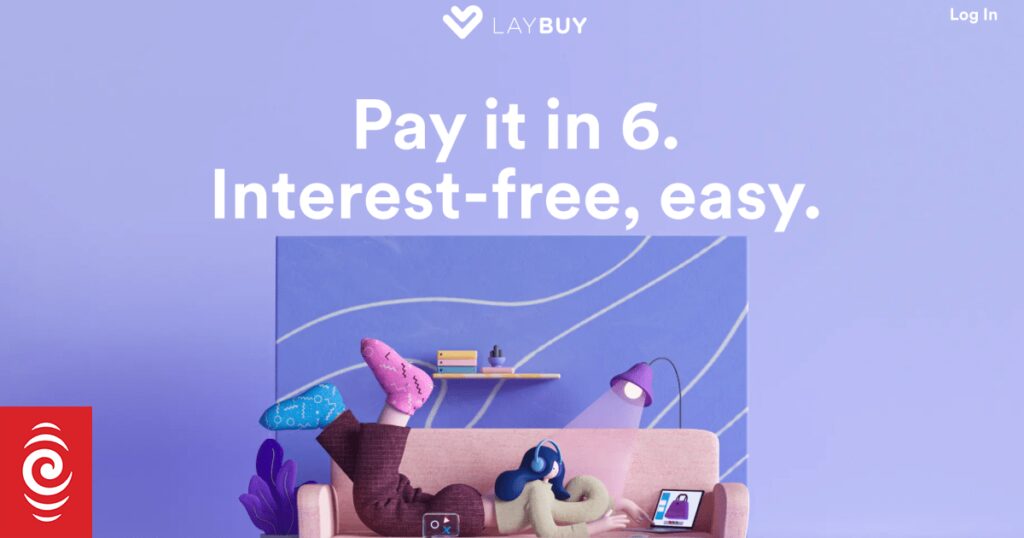Navigation for News Categories
Laybuy has never reported a profit.
Photo: Screenshot
Buy-now-pay-later provider Laybuy announced it was appointing receivers on Monday, putting an end to a long battle to make the business profitable.
Founder Gary Rohloff said he was devastated by the decision but had “tried everything” to make it work.
Here’s what you need to know.
What is Laybuy?
Laybuy is one of a number of buy now, paylater (BNPL) providers which allow shoppers to spread the cost of their purchases over a number of weeks, interest-free.
The sector started to take off before the pandemic, and has a number of high-profile players such as Afterpay.
Initially, the companies recorded significant valuations because investors expected huge growth from them, even though the profits were minimal. Laybuy has never reported a profit, although last year Rohloff told media one was imminent.
Greg Smith, head of retail at Devon Funds Management, said the sector had “gone bananas” during Covid and given the providers another boost.
“We had people spending like it was going out of fashion, interest rates were near zero, money wasn’t a problem.”
What went wrong?
Rohloff said on Monday the current economic downturn had lasted longer than expected, hitting Laybuy hard.
Consumers were spending less, they were falling behind on their repayments more, there was more fraud, and the cost of finance was higher.
Receivers Deloitte said they were working to “gain greater clarity of the situation and key matters going forward”.
Photo: RNZ / Nate McKinnon
Investors also turned their attention to the profits these “hypergrowth” companies were actually delivering, and that pushed down the valuations of BNPL providers.
Although its shares traded as high as A$2.30 soon after it listed, by the time Laybuy said it was delisting from the ASX, they were changing hands for just 6c.
Afterpay was bought by Block, after its shares also fell.
Other providers such as Oxipay (which became Humm) and OpenPay have also closed. Smith said Zip’s share price was down 85 to 90 percent from the peak.
The government has also introduced more regulation for the sector.
“This is probably a reflection of how things have changed,” Smith said. “The economy has got a lot tougher, interest rates have gone up, cost-of-living pressure is on. Consumers have gone from being very free with their spending to battening down the hatches, and that’s all a bit of a crunch in the sector.”
There was also increasing online competition from operators such as Temu, he said, and BNPL companies needed to reinvent themselves to remain viable.
“The model did very well at the time, but needs to change with the times.”
What happens now for account-holders?
Receivers Deloitte said Laybuy was not accepting new transactions, but customers should continue to make their repayments as normal.
“No action is required to be made by consumers at this stage. The receivers are working with the directors to explore options as to whether a sale of the business can be achieved so that Laybuy can recommence enabling new transactions.”
Rohloff said the company had been close to a sale, which fell at the final hurdle.
And what about merchants?
Deloitte said some businesses could be owed money, and the receivers were working to “gain greater clarity of the situation and key matters going forward”.
Get the RNZ app
for ad-free news and current affairs
>>> Read full article>>>
Copyright for syndicated content belongs to the linked Source : RNZ – https://www.rnz.co.nz/news/business/519858/laybuy-collapse-what-you-need-to-know
